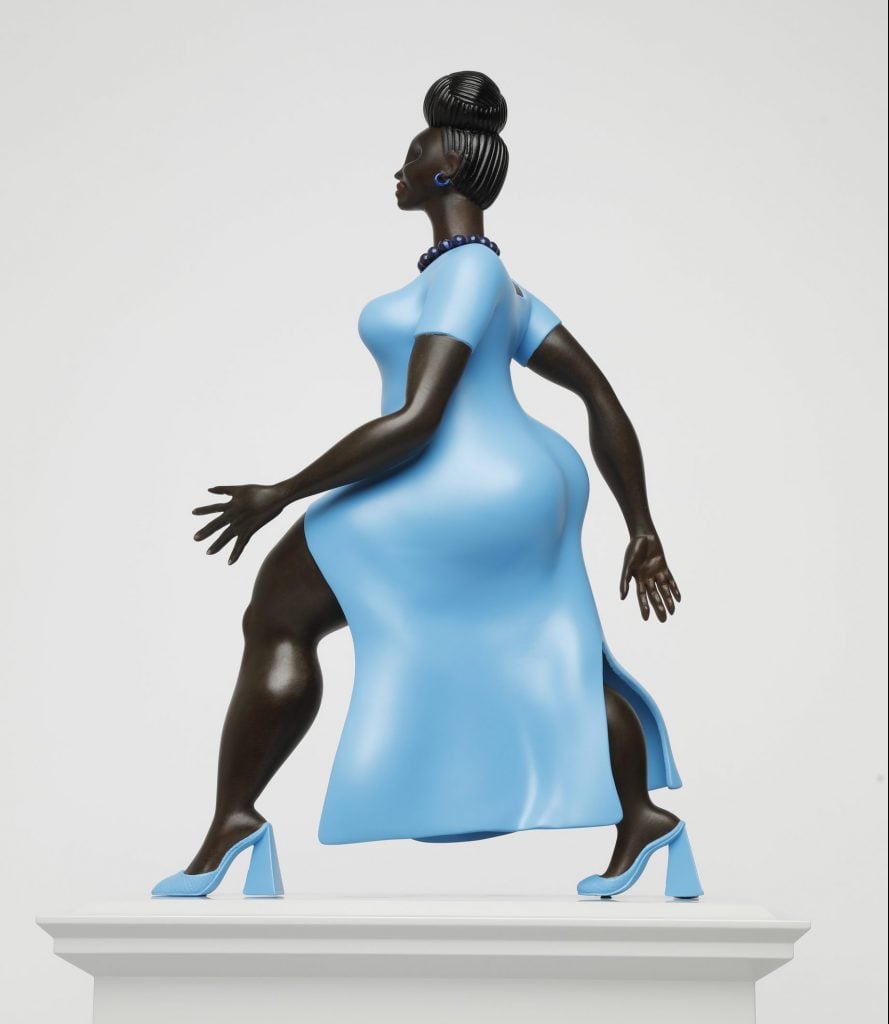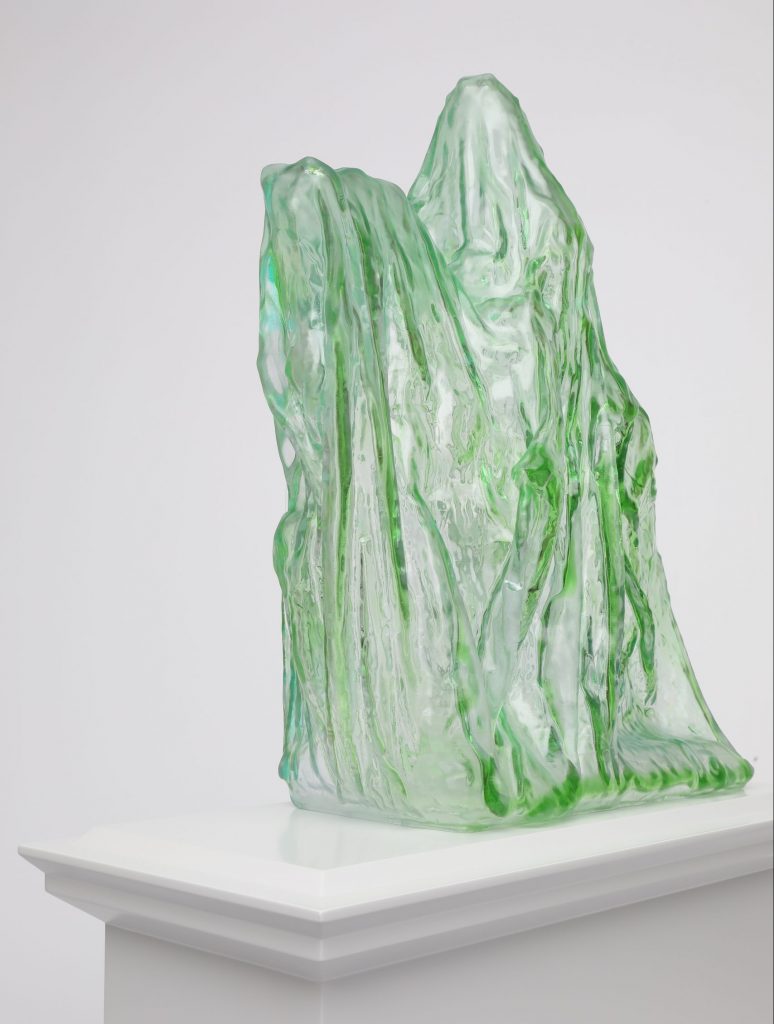Art World
Tschabalala Self and Andra Ursuţa Win London’s Fourth Plinth Commission
The winning sculptures will be installed in 2026 and 2028.

The winning sculptures will be installed in 2026 and 2028.

Vivienne Chow

American artist Tschabalala Self and the Romanian-born Andra Ursuţa have been named as the next artists to showcase their sculptures on London’s Fourth Plinth in Trafalgar Square, with installations scheduled for 2026 and 2028, respectively.
Self and Ursuţa were selected on Friday, March 15, from a shortlist of seven artists by the Fourth Plinth Commissioning Group, chaired by writer and curator Ekow Eshun. The public was also invited to cast their vote and their results had informed the group’s decision.
Based in New York, Self is known for her depictions of female figures, Her winning work, Lady in Blue, pays homage to a young, metropolitan woman of color. According to her project statement, Self wanted to bring a contemporary “everywoman” to Trafalgar Square. Cast in bronze, the sculpture will be patinated with Lapis Lazuli blue, a pigment with historical significance and symbolic resonance that was used by artists such as Titian and Vermeer.
“My work Lady in Blue will bring to Trafalgar Square a woman that many can relate to. She is not an idol to venerate or a historic figurehead to commemorate. She is a woman striding forward into our collective future with ambition and purpose. She is a Londoner, who represents the city’s spirit,” Self said in a statement. The work is scheduled to be installed in 2026.

Andra Ursuța, Untitled (2024), wins the Fourth Plinth commission. The work will be installed in 2028. Photo: James O Jenkins.
Ursuţa’s piece, Untitled, features a life-sized hollow figure on horseback covered in a shroud and cast in translucent, slime-green resin. The mysterious work with its unusual color connotes something unnatural and unhealthy. The equestrian figure is meant to provoke discussion about the histories of public sculpture at a time when there is increasing debate about the use of public space and what should be commemorated therein.
“My work deals with history; history makes sense of us as we try to make sense of it. Trafalgar Square is a place where multiple histories face one another in an open-ended standoff,” Ursuţa said. The London- and New York-based artist added: “It will never be finished. This is such a crucial, and beautiful, accident.”
The Fourth Plinth has gained international recognition as a platform for groundbreaking contemporary art since its inception 25 years ago. Previous installations include Mark Wallinger’s Ecce Homo unveiled in 1999 and Samson Kambalu’s Antelope, which is currently on display.
But a debate concerning the future of the Fourth Plinth emerged in 2022 when Queen Elizabeth II died. Politicians raised a heated discussion about whether to place a permanent memorial of the longest-reigning monarch in British history at the iconic spot at Trafalgar Square, sparking fear over the end of the popular public art program among artists and cultural workers alike.
Maquettes of the shortlisted artworks are currently on display at the National Gallery until March 17. Virtual exhibitions are accessible online and via Bloomberg Connects. The program is funded by the Mayor of London with support from Arts Council England and Bloomberg Philanthropies.